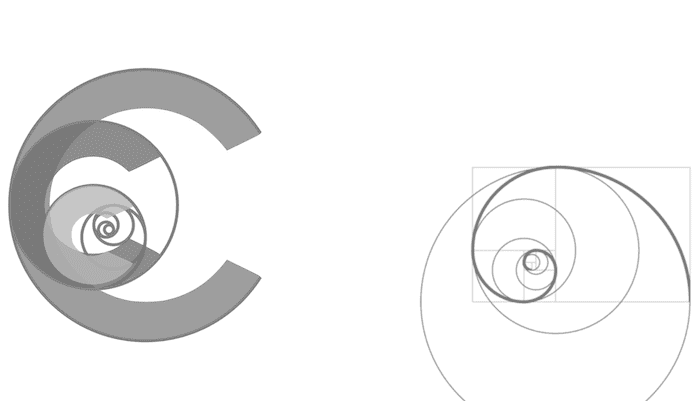Open Chest Management and Delayed Sternal Closure
OVERVIEW
- Open Chest Management (OCM) and Delayed Sternal Closure (DSC) is used following 1-4% of surgical procedures involving cardiotomy in adults, and more commonly in paediatrics
- the open chest is typically covered with a transparent sterile dressing
- DSC is performed once the patient has stabilised and a negative fluid balance has been achieved (e.g. after 1-10 days)
RATIONALE
Effects of sternal closure
- sternal closure causes significant decrease in cardiac output and diastolic filling, despite preserved velocity of fiber shortening,even in patients with good cardiac performance
- these effects are worse if there is poor ventricular compliance and impaired diastolic filling
- impaired diastolic filling is common due to:
- decreased chest wall compliance due to sternal closure
- myocardial ischaemia, reperfusion or oedema
- tamponade
- OCM prevents further restriction of diastolic filling following sternal closure
- 59% increase in cardiac index and a 18% rise in systemic blood pressure, without significant change in cardiac filling pressures, has been reported
INDICATIONS
Postcardiotomy:
- heart failure (e.g. due to prolonged ischemia time, donor-recipient size mismatch, pulmonary hypertension)
- reperfusion myocardial edema
- hemodynamic instability
- refractory bleeding
- tamponade on sternal closure
- malignant arrhythmias
- contaminated mediastinum
TIMING OF DELAYED STERNAL CLOSURE
DSC is usually performed after 1-10 days based on:
- repeated inspections of the heart
- evaluation of the level of pharmacologic support +/- mechanical support
- negative fluid balance
- correction of coagulation defects
- improved hemodynamic response and determination of the response to temporary reapproximation of the sternum
Prolonged time to DSC may be associated with increased sternal complications such as instability and infection.
ADVANTAGES
- easy access for:
- bleeding control
- clot evacuation
- cardiac compressions
- relieve thoracic compartment syndrome (e.g. due to myocardial edema)
- improve right ventricular function
DISADVANTAGES
- infection risk due to open wound (rates of deep sternal wound infection <5%)
- need for frequent dressing changes and irrigation of the wound
- increased mechanical ventilatory support requirements due to thoracic instability
- sternal edges can compromise and injure the right ventricle when the patient is moved
- limited nursing and physiotherapy
- patients with low cardiac output states may be better treated with mechanical support (e.g. VA ECMO, VAD)
References and links
Journal articles
- Boeken U, Assmann A, Mehdiani A, Akhyari P, Lichtenberg A. Open chest management after cardiac operations: outcome and timing of delayed sternal closure. European journal of cardio-thoracic surgery. 40(5):1146-50. 2011. [pubmed] [free full text]
- Christenson JT, Maurice J, Simonet F, Velebit V, Schmuziger M. Open chest and delayed sternal closure after cardiac surgery. European journal of cardio-thoracic surgery : official journal of the European Association for Cardio-thoracic Surgery. 10(5):305-11. 1996. [pubmed] [free full text]
- Takayama H, Leone RJ, Aldea GS, Fishbein DP, Verrier ED, Salerno CT. Open-chest management after heart transplantation. Texas Heart Institute Journal. 33(3):306-9. 2006. [pubmed] [free full text]

Critical Care
Compendium
Chris is an Intensivist and ECMO specialist at The Alfred ICU, where he is Deputy Director (Education). He is a Clinical Adjunct Associate Professor at Monash University, the Lead for the Clinician Educator Incubator programme, and a CICM First Part Examiner.
He is an internationally recognised Clinician Educator with a passion for helping clinicians learn and for improving the clinical performance of individuals and collectives. He was one of the founders of the FOAM movement (Free Open-Access Medical education) has been recognised for his contributions to education with awards from ANZICS, ANZAHPE, and ACEM.
His one great achievement is being the father of three amazing children.
On Bluesky, he is @precordialthump.bsky.social and on the site that Elon has screwed up, he is @precordialthump.
| INTENSIVE | RAGE | Resuscitology | SMACC
